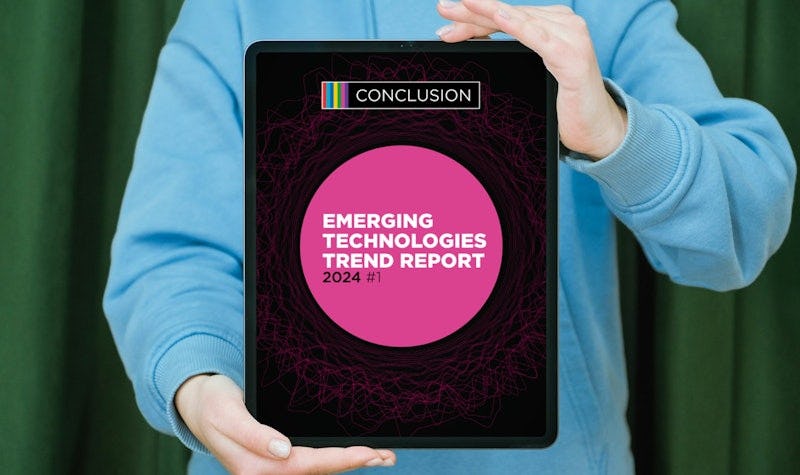Generative AI to answer customer inquiries
ChatGPT, a chatbot based on a Large Language Model (LLM), continues to cause a stir. Now that Microsoft is making it even easier to apply ChatGPT in your own business environment with its Copilot service, many people are now getting the idea that this is the moment to develop a chatbot for customers or employees. With a chatbot, they no longer have to call the contact centre or a service desk for more complex questions, but can look for the answer themselves. It’s a good idea, but it does take a fair bit of work in practice, says Bastiaan Sjardin, CTO and AI Strategist at Future Facts Conclusion.
April 25th, 2024 | Blog | By: Conclusion
Share

ChatGPT has made a huge leap over previous chatbots due to the richness of the underlying LLM.
The success of generative AI in enterprise environments therefore depends on good prompt engineering.
Bastiaan Sjardin
CTO and AI Strategist at Future Facts Conclusion

